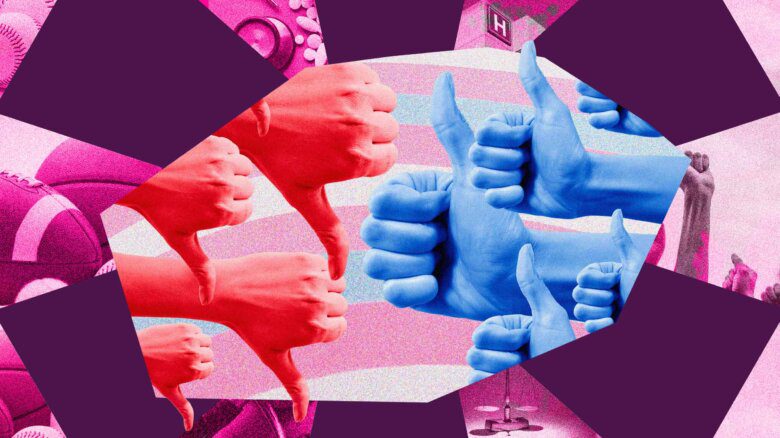Bathhouses primarily exist to offer space to meet up and have sex, but they’re also community spaces that change as our communities change. Bathhouses served as some of the earliest queer community spaces before queer liberation. For example, bathhouses offered a place for gay men who were rejected by their families to congregate on holidays like Thanksgiving. Bathhouses have been sites of political organizing, from hosting gay voter registration drives to serving as spots for AIDS activism and safer-sex organizing during multiple phases of the epidemic.
Bathhouses are also zones of political contention. The 1981 Toronto bathhouse raids by police on four gay men’s bathhouses galvanized the queer community, bringing more than 3,000 people out on the streets to protest on a single night. The 2000 police raid on the Pussy Palace and raids on clubs in Calgary in 2002 and Hamilton in 2004 were political flashpoints, bringing our attention back to the ongoing criminalization of queer sex.
 Why you can trust Xtra
Why you can trust Xtra


